Learn the safe way to disinfect your boat with bleach. It is the cheapest and most-available disinfectant you can use in the galley (or ashore, for that matter). It’s great for keeping your counters, cutting boards and other hard surfaces germ-free.
Before I go into details (below), a couple of notes:
- NEVER use bleach on any aluminum surfaces.
- Be careful: bleach will instantly take the color out of fabrics and, undiluted, can even eat right through fabrics.
- Before using the bleach solution on anything other than a white surface, use a tiny bit on a concealed spot to make sure it won’t remove the color. I haven’t had a problem with the 10% solution described below, but I’m sure there are some materials that it will take color out of.
- If you’re using bleach ashore, try not to put it down the drain if you’re on a septic system. It can kill all the bacteria in the septic tank that are necessary for breaking down the waste.
Using Bleach in a Spray Bottle
Keeping bleach solution in a spray bottle makes it really easy to just grab and use it throughout the day. I use it on counters and cutting boards every time I wipe them down. Just spray a little, then wipe with a rag. It will kill virtually all germs.
The Centers for Disease Control recommend:
4 teaspoons bleach mixed with 1 quart (4 cups) of water
NOTE: This is their current recommendation for disinfecting against COVID-19 as well as general household disinfection.
Don’t use full strength bleach — it’s way too caustic and emits nasty fumes.
You can use any type of liquid bleach for this. The ones with fancy scents will lessen the bleach smell, but the plain bleach is cheaper and you can use it in your water tank as well. NEVER use scented bleaches in the water tank. And the bleach smell goes away in just a few minutes unless you really go overboard on spraying!
Tips for Using Diluted Bleach
Get a small spray bottle for this — the solution is only good 24 hours (thanks, Diane, who corrected me on this!), so you don’t want to mix up a lot at once. If you can’t smell the bleach, it’s time to discard the solution and mix up a fresh batch.
Bleach loses its disinfecting power with exposure to sunlight, heat and evaporation — while you can’t do anything about the heat, you DO want to protect it from sunlight (any type of spray bottle will also stop the evaporation).
If you can’t find an opaque spray bottle, the easiest thing to do is cut the top off a sock and slip it around the spray bottle. You could coordinate the color with your galley, although little drips may make spots . . . so I just use white.
Be careful using a bottle that’s been used for something else — bleach reacts with lots of different things and can put out nasty fumes. If you re-use a bottle from something else (particularly if it had ammonia or vinegar in it) be sure it is VERY WELL rinsed out, including the spray nozzle. Never mix bleach with anything other than water.
The heat and humidity aboard a boat makes it easy for germs to multiply. And while you never want to get sick, it’s even worse if you’re a day (or more) from medical care. A few quick sprays of bleach water can go a long ways towards keeping everyone on board healthy.
And while you’re at it, don’t forget surfaces that pets may come in contact with. They are just as susceptible to many germs as you are. Whenever I refilled Paz’s food and water, I gave her dish a quick spritz of solution, let it sit a minute in the sink to do its work, then rinse it and wipe it out.
Hopefully these tips will help when you need to disinfect your boat with bleach.
Related Posts

Carolyn Shearlock has lived aboard full-time for 17 years, splitting her time between a Tayana 37 monohull and a Gemini 105 catamaran. She’s cruised over 14,000 miles, from Pacific Mexico and Central America to Florida and the Bahamas, gaining firsthand experience with the joys and challenges of life on the water.
Through The Boat Galley, Carolyn has helped thousands of people explore, prepare for, and enjoy life afloat. She shares her expertise as an instructor at Cruisers University, in leading boating publications, and through her bestselling book, The Boat Galley Cookbook. She is passionate about helping others embark on their liveaboard journey—making life on the water simpler, safer, and more enjoyable.
Your VHF can do so much! Learn how to use ALL its features for just $39:
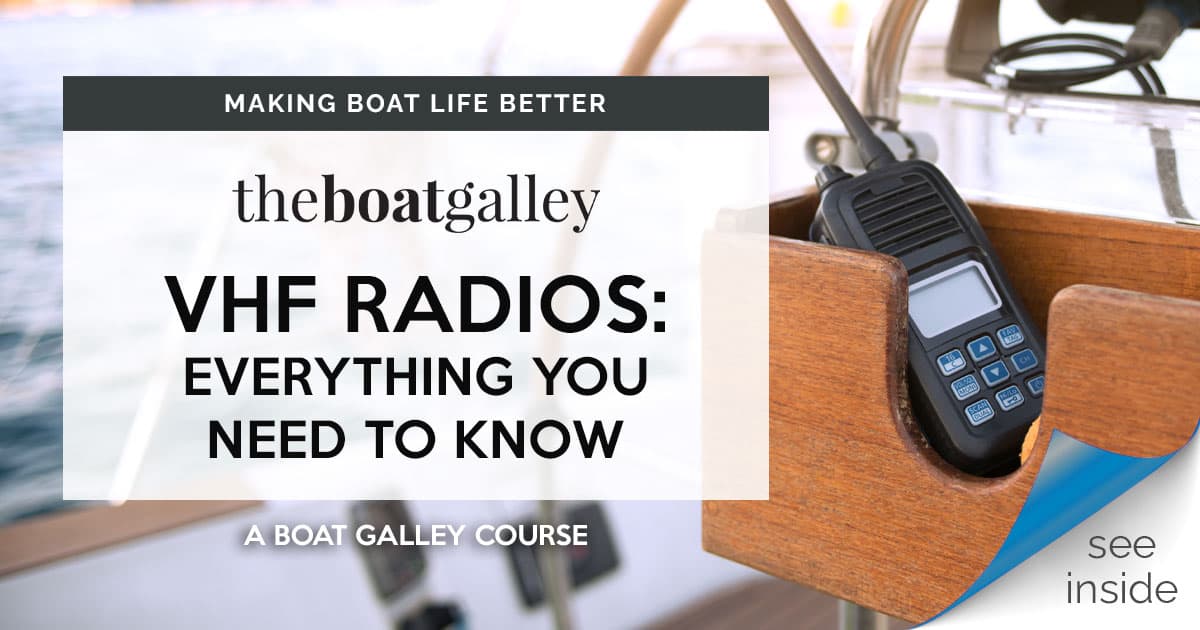
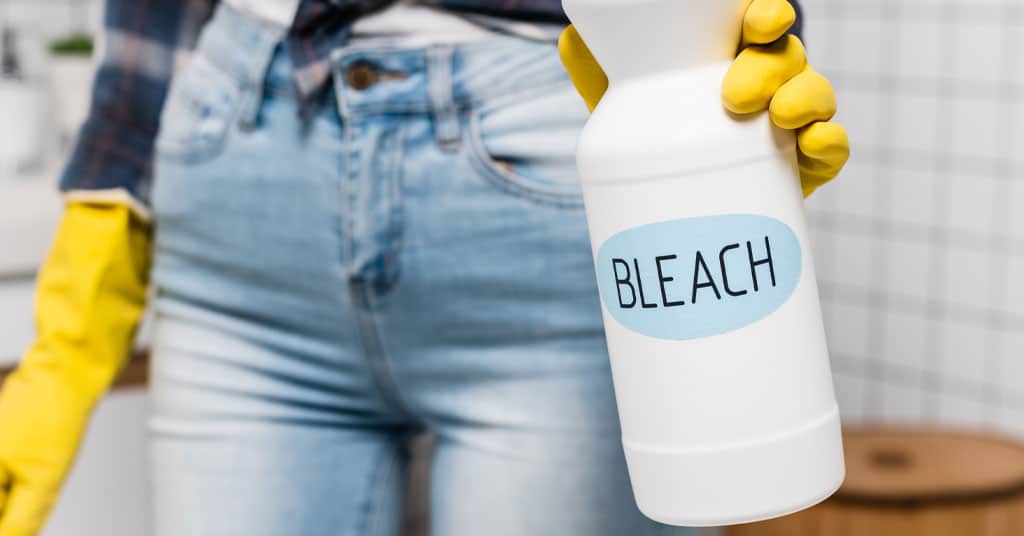
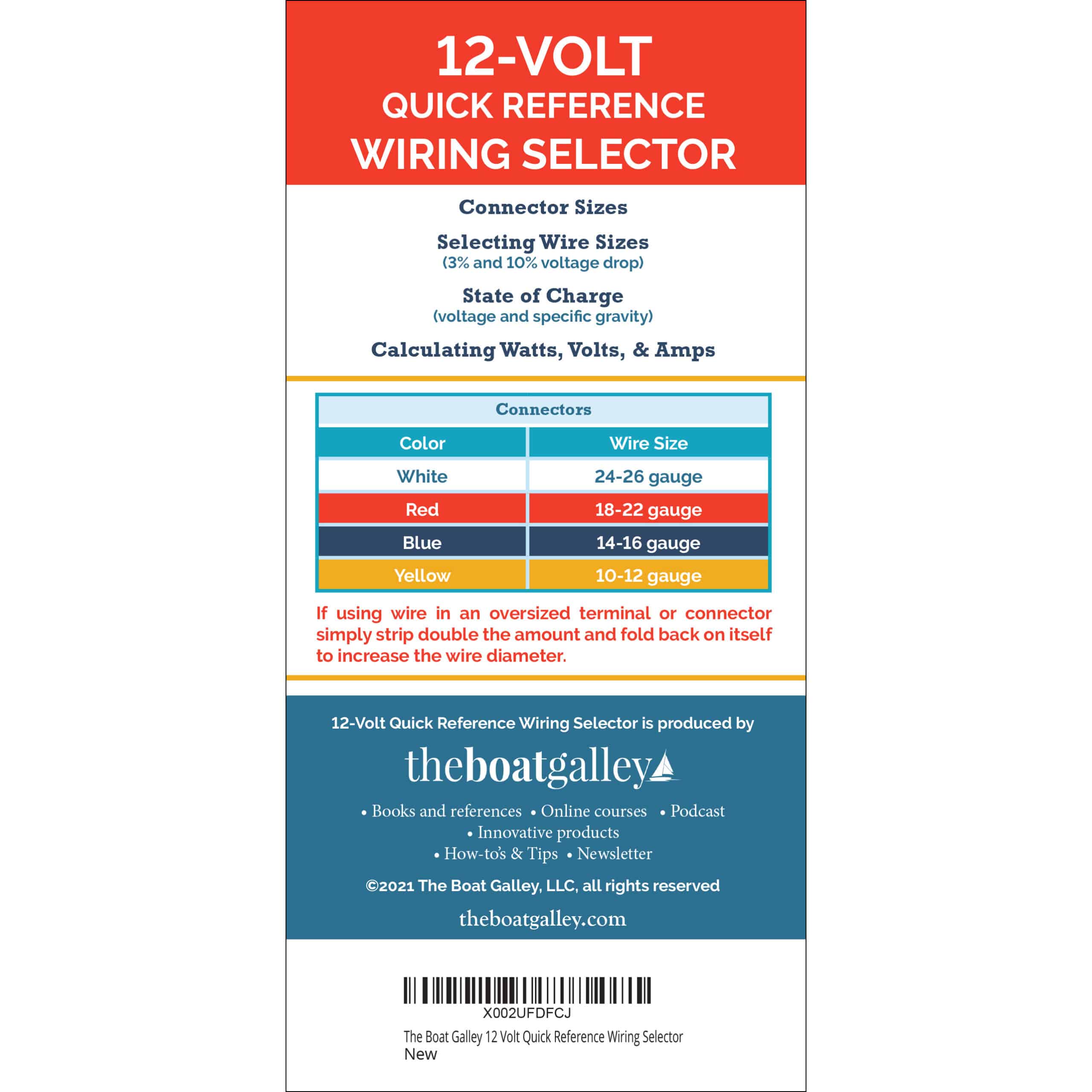
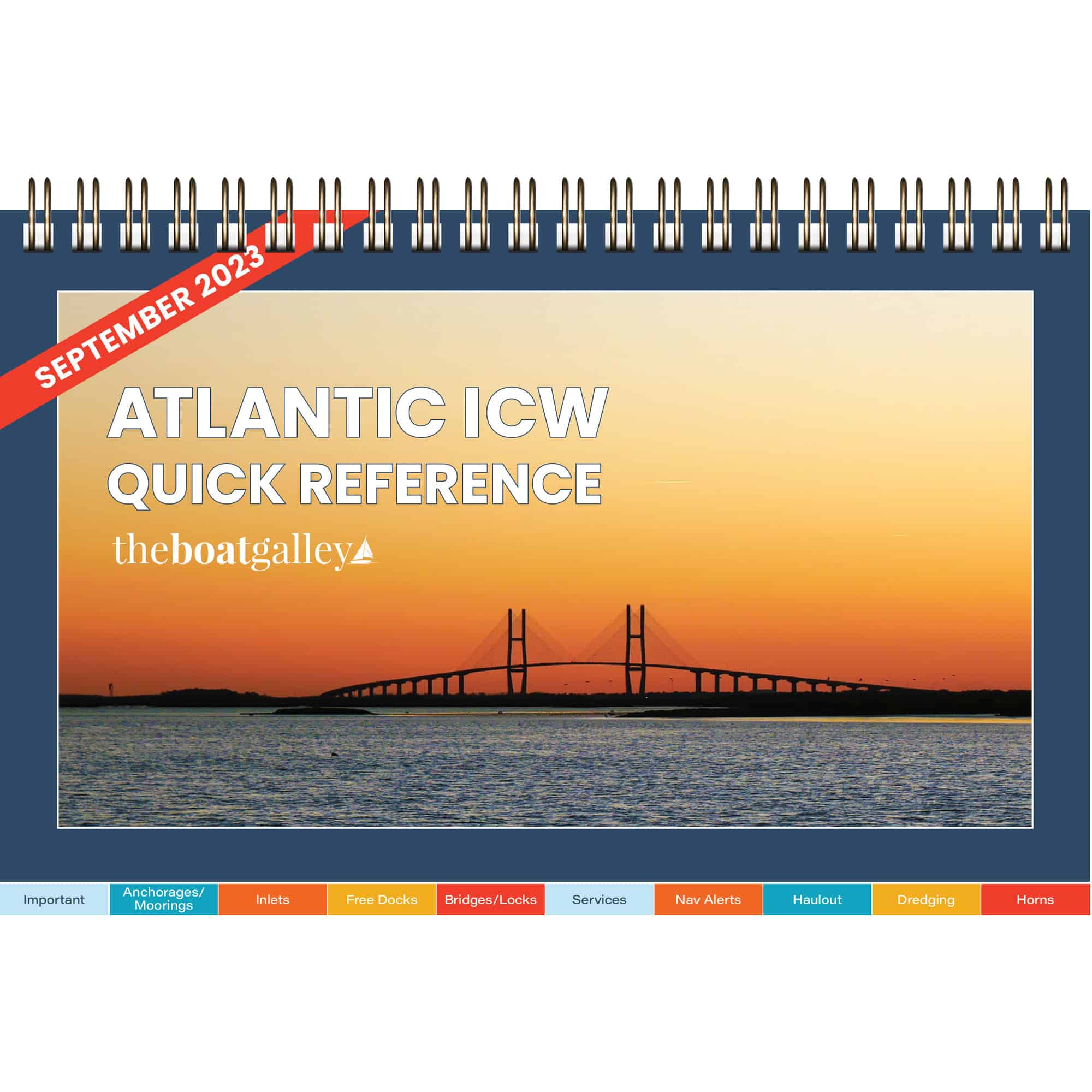

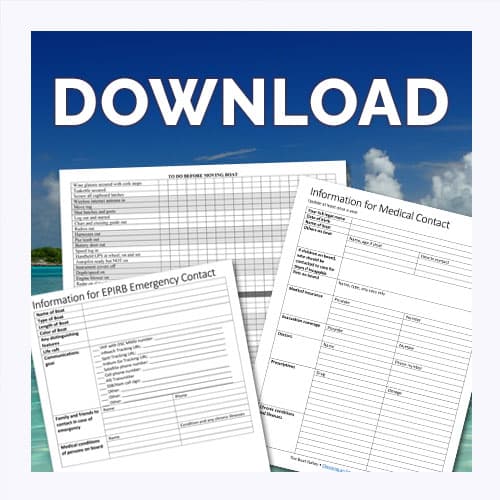



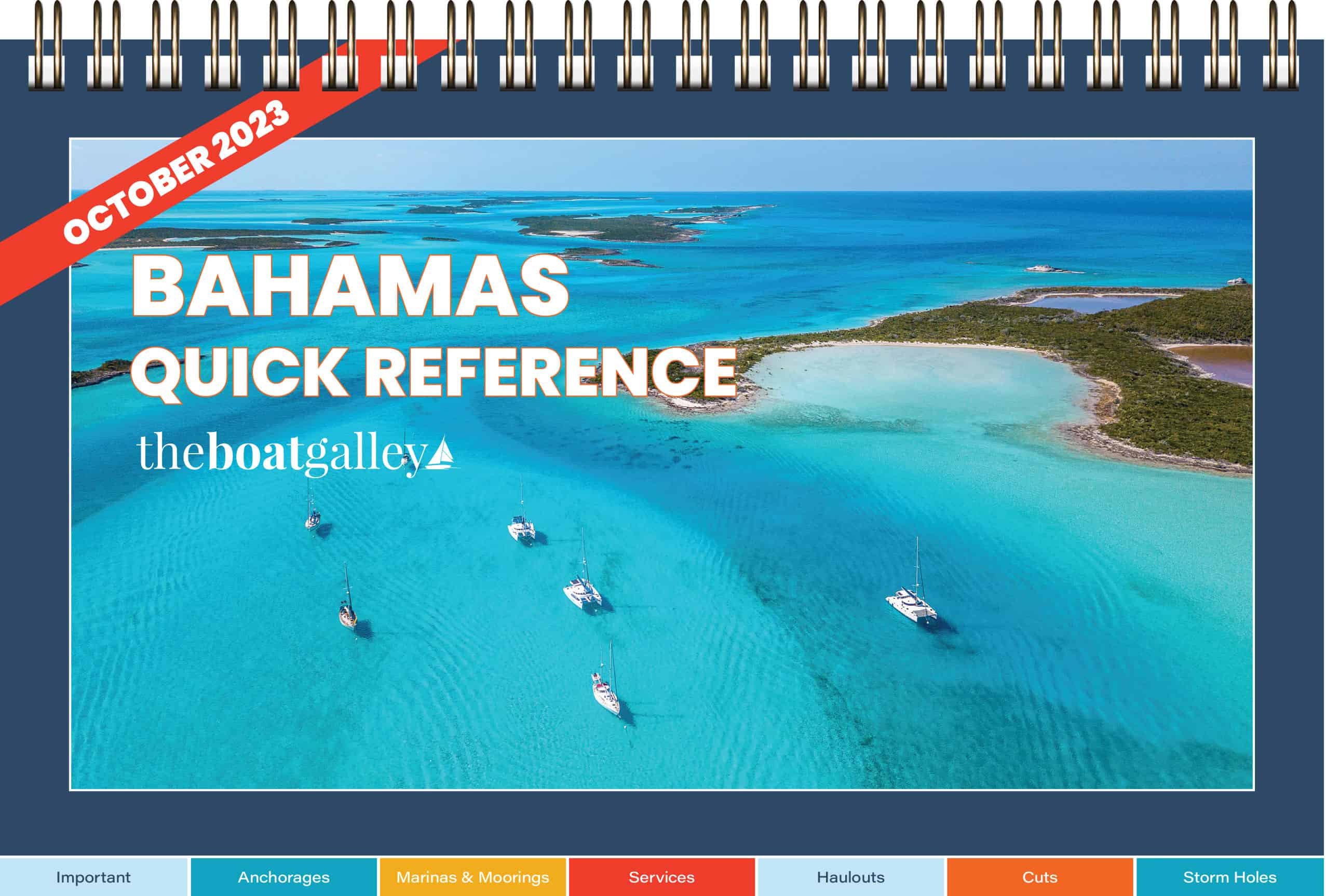

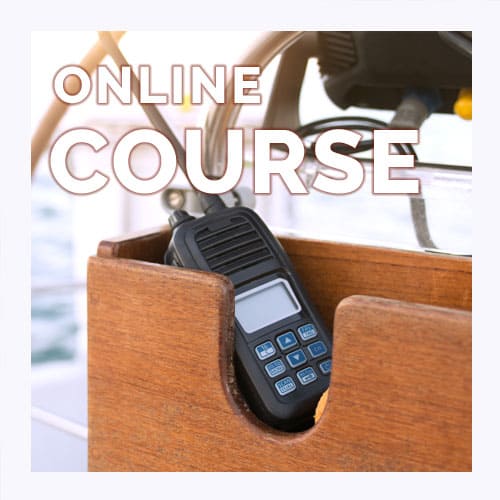
Carolyn Shearlock says
Bruce —
The 1:10 refers to starting with standard liquid laundry bleach, no scent. It’s pretty much the same strength all over the world — I’ve bought it in North, Central and South America and Africa and it’s always been just about the same.
I’ll have to get back to you on what strength it is, and how you’d use powder bleach or bleach tablets (pool chlorine).
UPDATE: Standard liquid laundry bleach is 6% here in the US.
If you want to use chlorine “powder” (the pool company I talked to said that the tablets can be used, but have to be crushed and it’s a pain to do it) to make bleach, you have to start with calcium “hypochlorite” and not “sodium.”
The US EPA then gives the following formula for making standard laundry bleach, which you could then further dilute for a disinfecting spray:
“Add and dissolve one heaping teaspoon of high-test granular calcium hypochlorite (approximately 1/4 ounce) for each two gallons of water.”
For those not from the US, one teaspoon is equal to 5 ml.
But be careful with the powder — the fumes are quite caustic and you have to be careful to avoid inhaling them.
Carolyn Shearlock says
Thanks for adding that — I’ll correct it in the article! (UPDATE: It’s been changed in the article above).
Karl Riemer says
I looked in vain for corroboration of a 24-hour standard. Instead, I found that dilute NaClO is stable essentially forever, as long as the pH is high, temperature low, sunlight and CO₂ excluded, and no contact with metal. It may lose 5% efficacy per year, and if you’re counting on it for surgical sterility perhaps that matters after a few years. Note, though, that anything can call itself “bleach”. Clorox today sells several products for several applications, counting on the Clorox name to = “bleach” when in fact they rely on a variety of chemistries. Perhaps Diane is using an H₂O₂-based solution. (I think anything with a subscript ₂ in the Clorox name contains H₂O₂ rather than NaClO.)
Carolyn Shearlock says
Got a bunch of ideas for you — see Slow or Stopped Galley Drain for the full article — but the number one thing to do is pour boiling water down the drain. It’s amazing how much gunk that will take care of!
If there’s still gunk, the soda/vinegar trick will usually clean it out. Be sure to press down on rags over the top so that all that great foaming action goes DOWN the drain where it will clean the gunk out.
Good luck!
-Carolyn
Helen says
Bleach is highly corrosive. Vinegar is a great cleaner and safer for the environment.
Carolyn Shearlock says
Vinegar is wonderful for cleaning and I use it all the time. However, anything that I’ve read says that it does not disinfect — that is, kill germs that cause food-borne illness nearly as well as a bleach solution. Yes, it will kill some germs, but not nearly as many as bleach. So when it comes to things like a cutting board that’s been used to cut meat or chicken, I’ll spray and wipe it down with a bleach solution.
Helen says
https://www.rd.com/article/how-to-clean-a-wooden-cutting-board/. Here is a site with alternatives
Carolyn Shearlock says
Maybe I wasn’t clear — you use 10% of the 6% bleach solution, to make a solution that is 0.6%. And at that lower concentration, it dissipates much more quickly. Plus the bleach from the store is in a lightproof and air-proof container, whereas the very act of spraying some of the diluted bleach solution puts fresh air into the bottle, which makes it dissipate just that much faster.
Carolyn Shearlock says
Nope, not that I’ve noticed. Although I don’t dilute vinegar as much — maybe 50/50 with water (I don’t measure, just guesstimate).
Carolyn Shearlock says
I fixed it. No prob — I have a love/hate relationship with autocorrect 🙂
Carolyn Shearlock says
The chlorine dissipates within 24 hours, so leaving it out before dumping overboard is good. I’ve also been told by scientists that the solution is dilute enough — and the chlorine will dissipate even after mixing with sea water — that the typical amounts that go overboard are not a problem.
Carolyn Shearlock says
Yes, and yes. It’s not rocket science. As long as it’s close to a 1:10 ratio, you’re fine.
Carolyn Shearlock says
Yes, 1 cup plus 1/8 cup.
Stan Knopf says
I agree with everything you said about removing cardboard. We do something extra with things like rice, pasta, beans, grits, pancake mix.. I weigh out one serving for the two of us and vacuum seal it with cooking time and water amount written on it. It lasts for ever and is real easy to use as only the days serving is opened. Things like nuts I get at big box stores and vacuum bag 2 weeks worth. Out of air makes zip lock vacuum bags so things like nuts, dry fruits, croutons can be put in the zip lock vacuum bags and just the current one is open.
Thanks